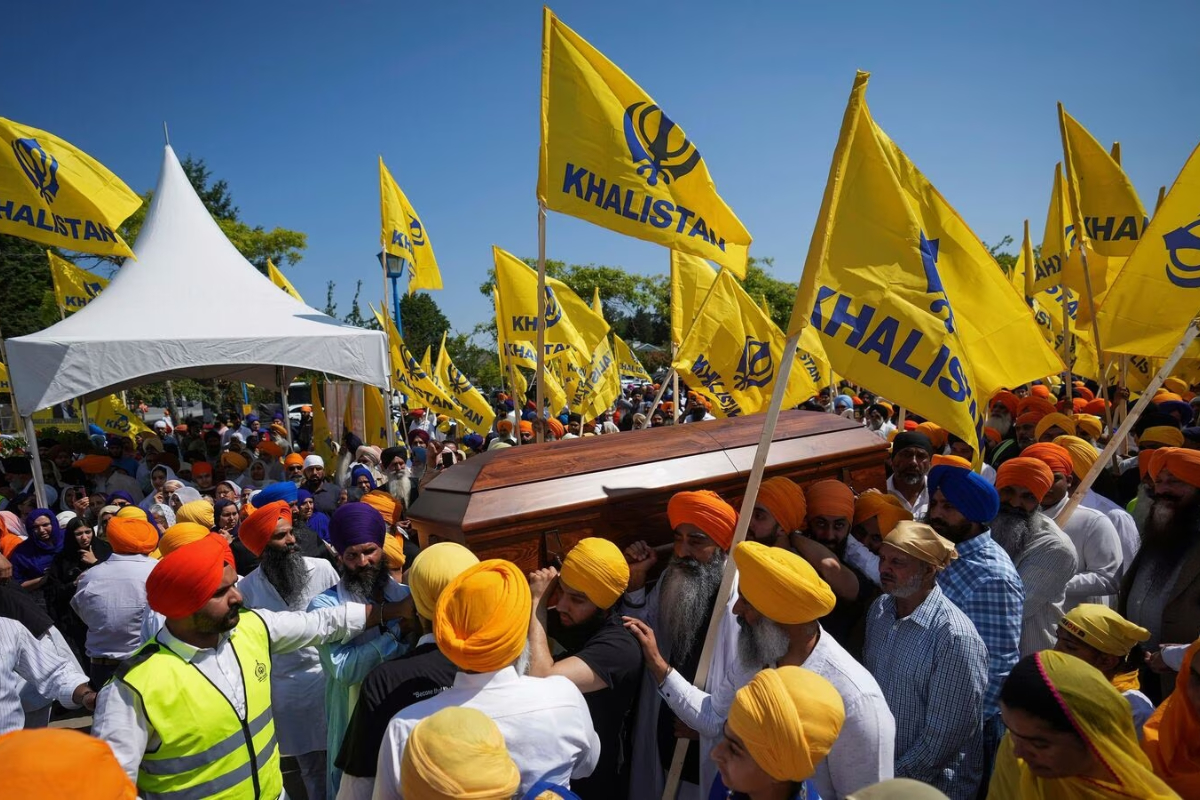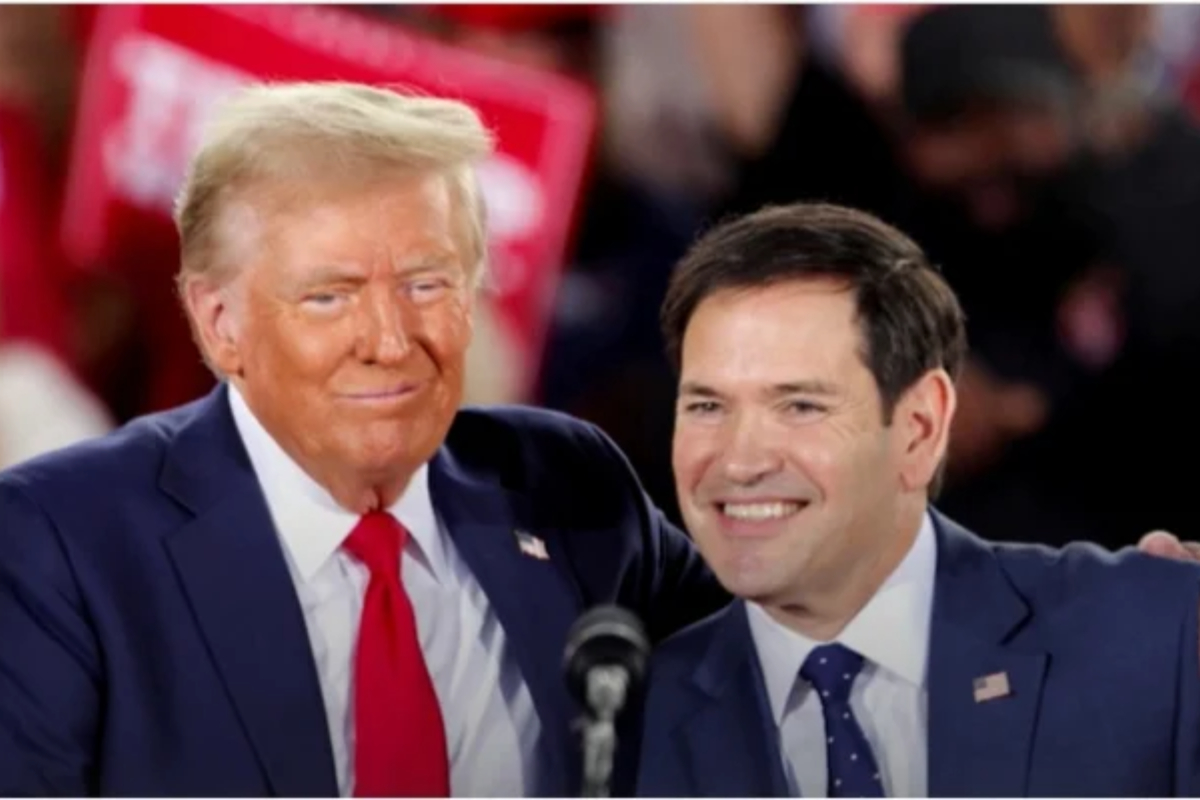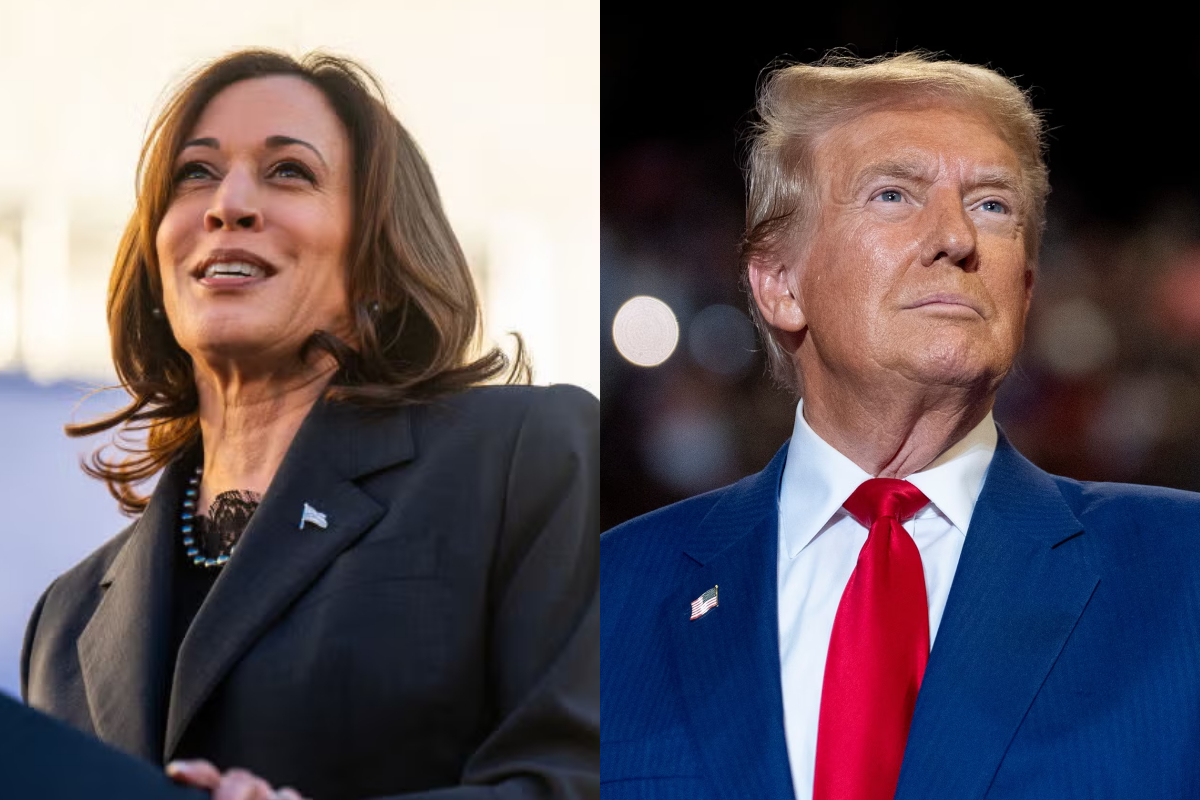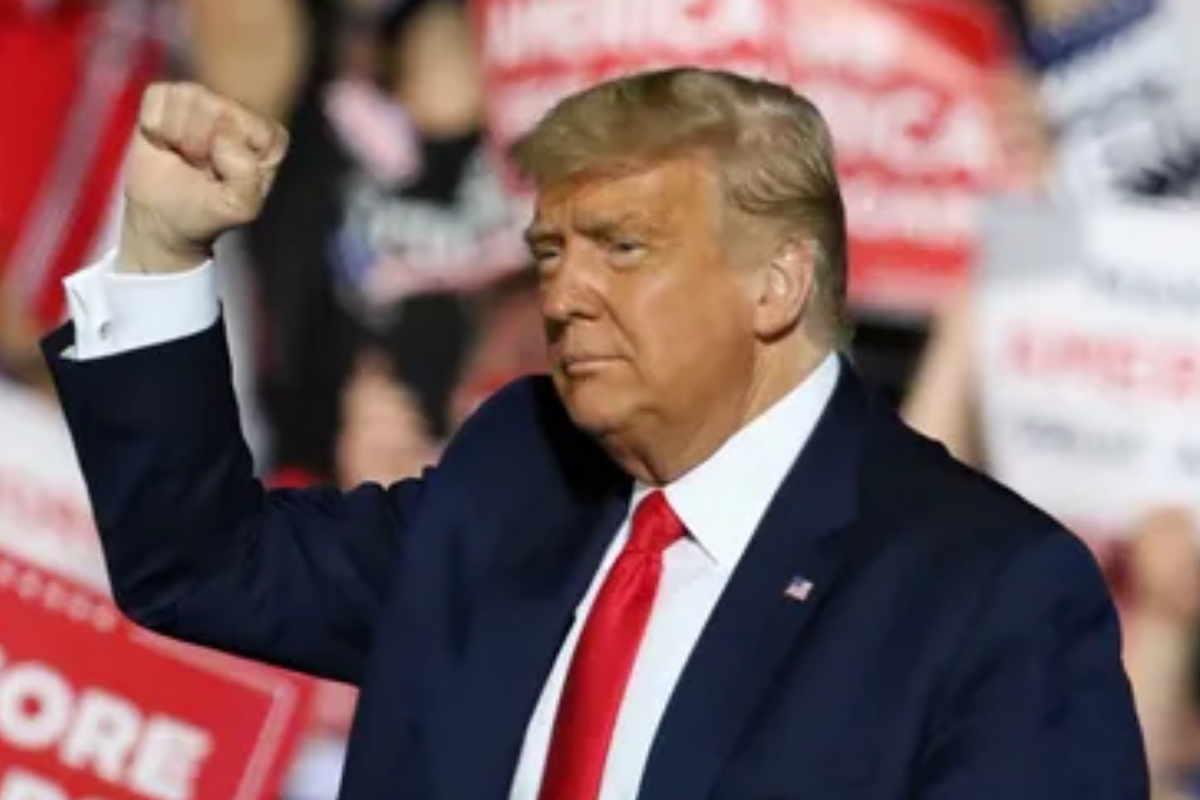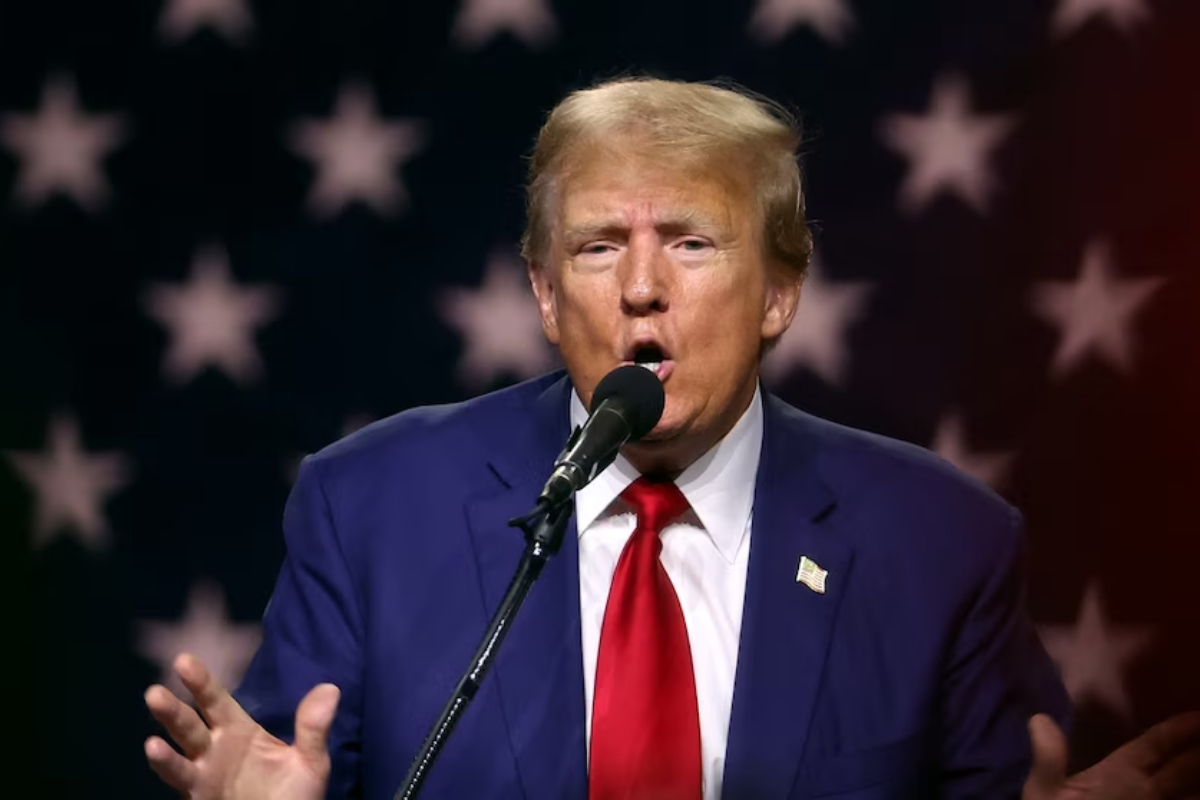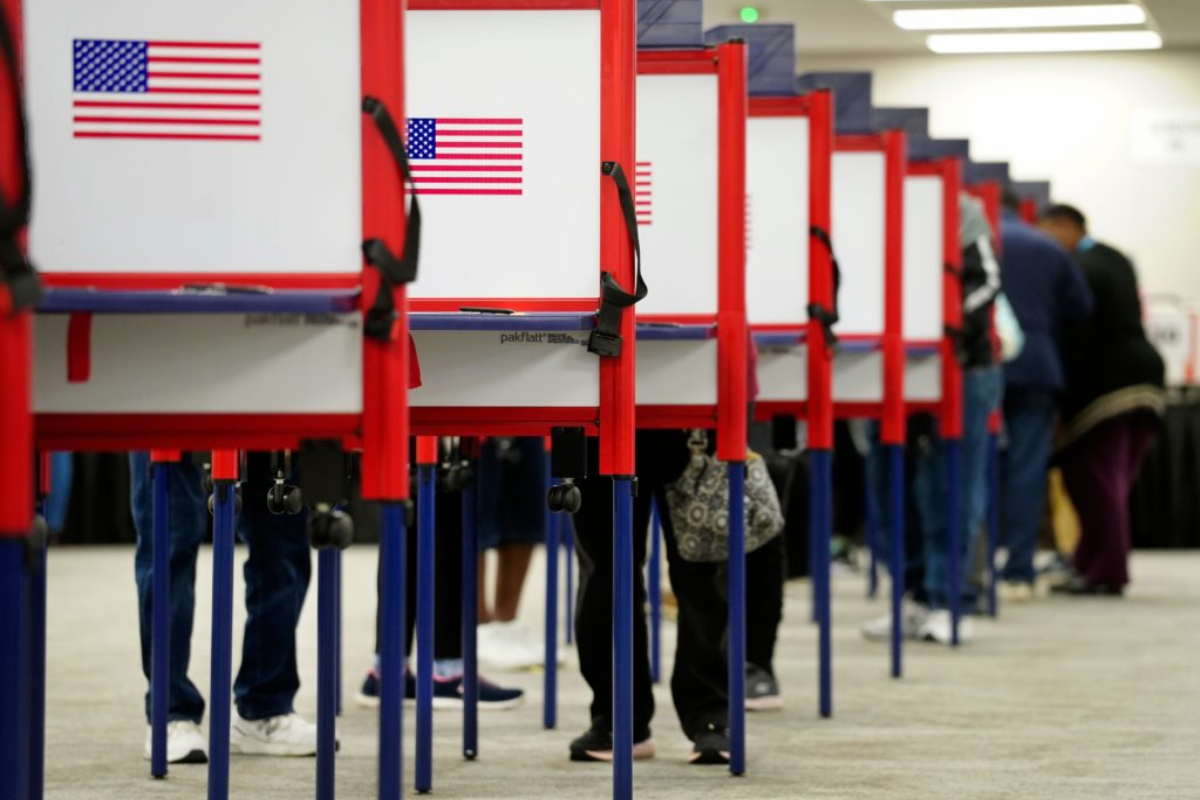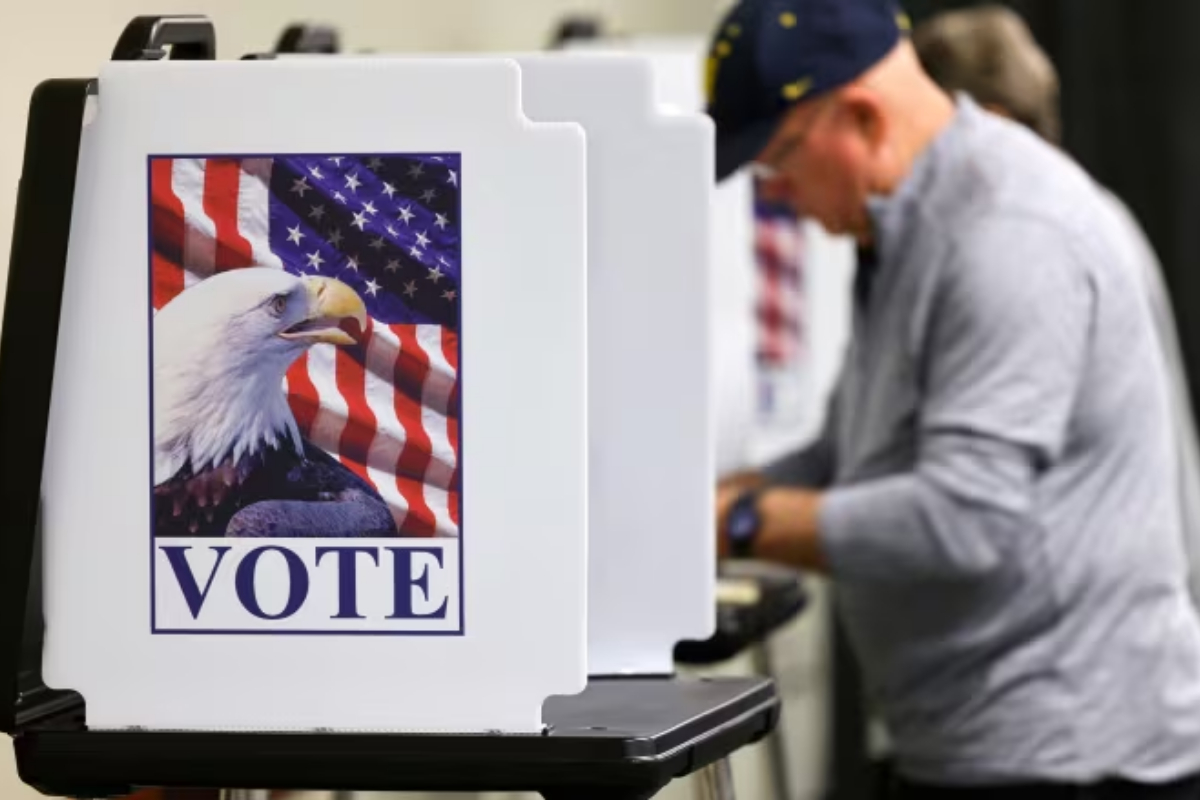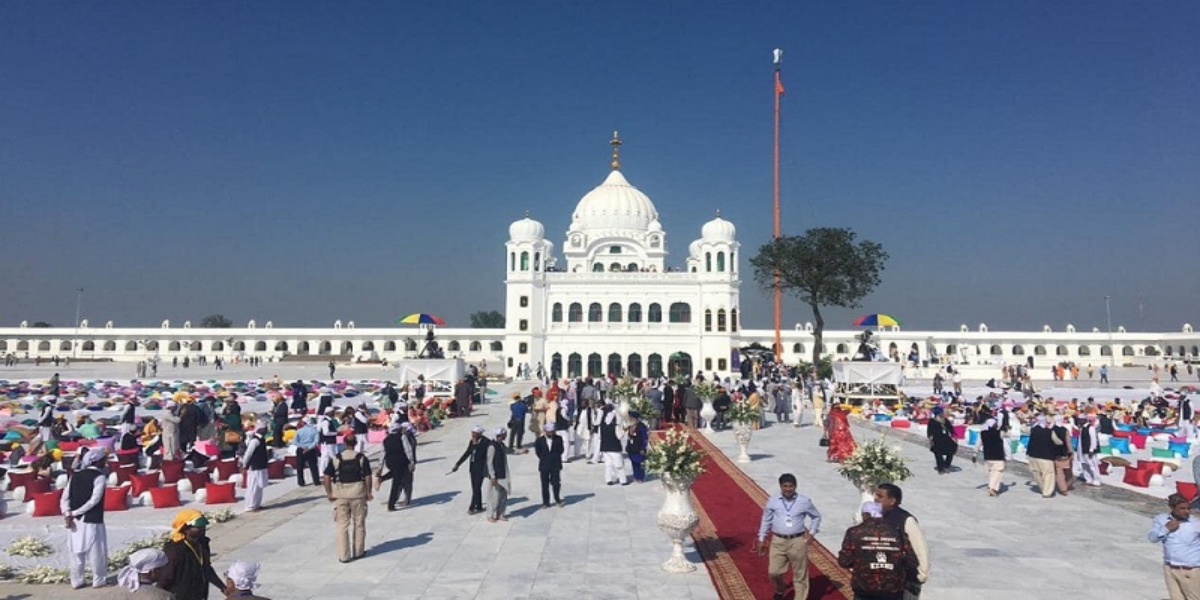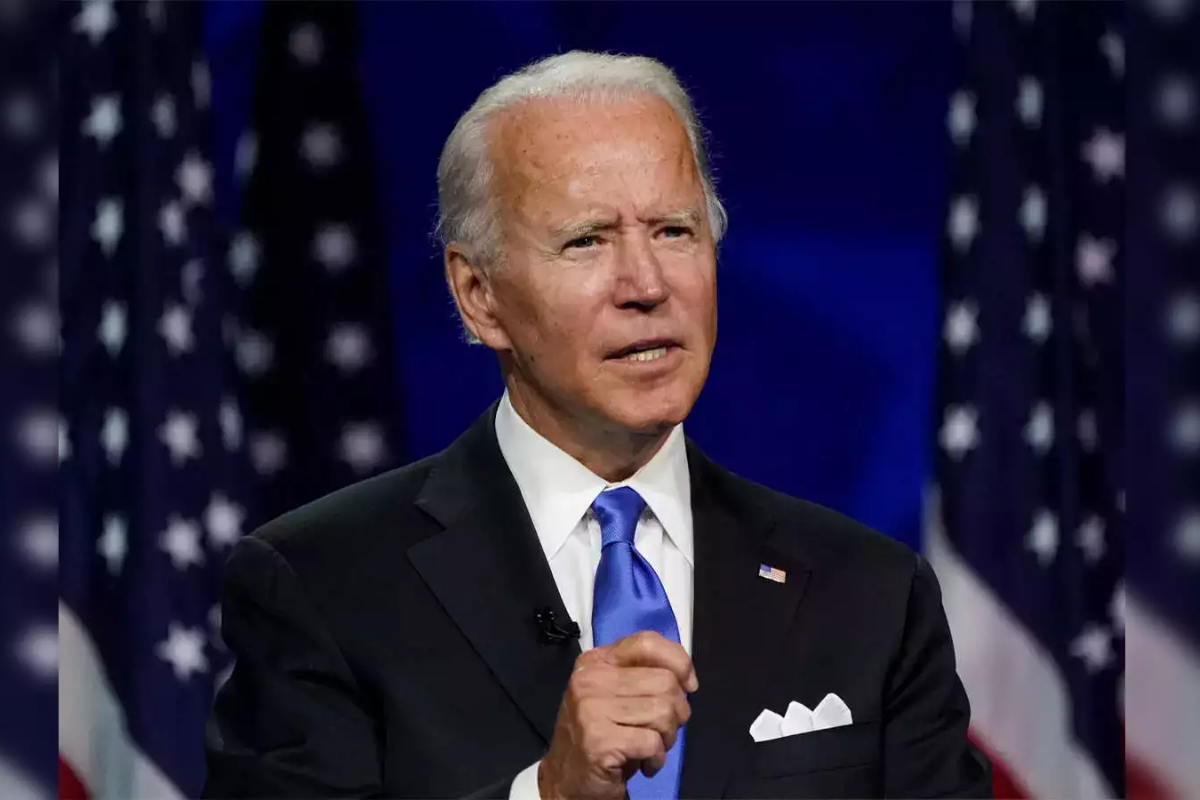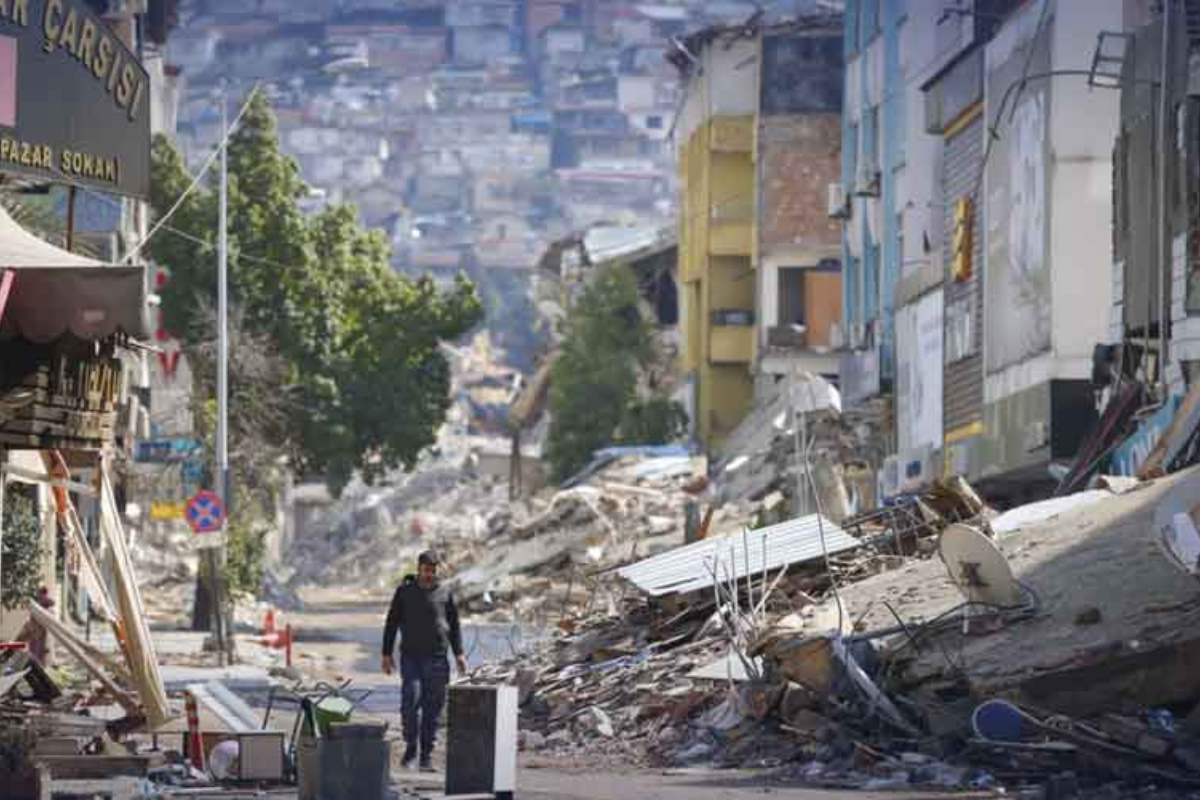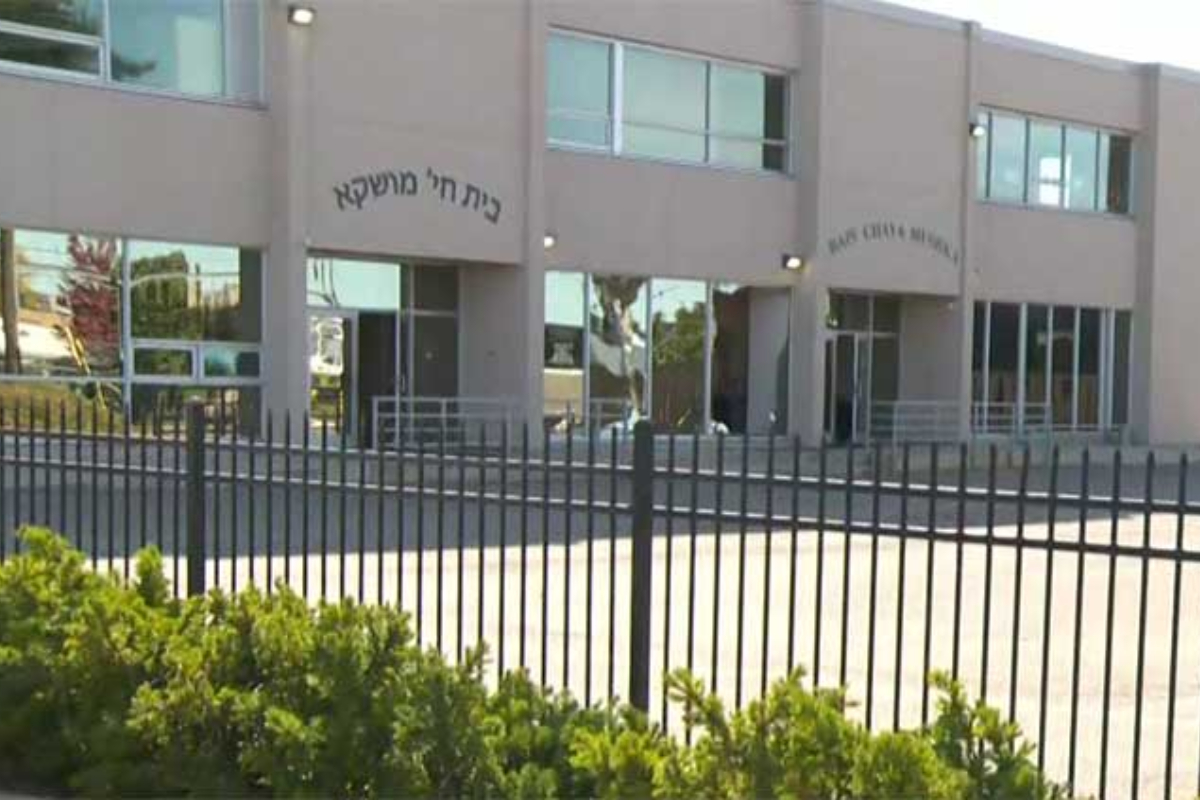Khalistan movement and India-Canada tensions: What you need to know
Tensions between India and Canada intensified as Canadian Prime Minister Justin Trudeau, on Monday, asserted the existence of “credible allegations” connecting Indian government officials to the June assassination in Canada of a Sikh separatist leader advocating for the establishment of an autonomous Sikh state known as “Khalistan.”
What is the Khalistan Movement?
The desire for an independent Sikh state, known as “Khalistan,” seeks to carve out a separate territory from India and traces its origins back to the time of India and Pakistan’s independence in 1947. This concept gained prominence during negotiations leading up to the partition of the Punjab region between the two newly formed nations.
The Sikh faith, founded in Punjab in the late 15th century, boasts approximately 25 million adherents worldwide. While Sikhs constitute a majority in Punjab, within the broader context of India’s 1.4 billion population, they represent a minority, comprising just two percent.
Sikh separatists advocate for the establishment of “Khalistan,” which translates to “the land of the pure,” with Punjab serving as its foundation. This demand has re-emerged periodically, most notably during a significant insurgency in the 1970s and 1980s, which disrupted the Indian Punjab region for more than a decade.
What was India’s response to this development?
The Indian government perceives the Khalistan movement as a significant security concern. The most violent episode in the ongoing conflict between the government and Sikh separatists unfolded in 1984.
At that time, then-Prime Minister Indira Gandhi authorized a military operation inside the Golden Temple, the holiest site in Sikhism, to remove the separatist leader Sant Jarnail Singh Bhindranwale and his followers. This action deeply angered Sikhs worldwide.
Tragically, a few months later, Gandhi was assassinated by her Sikh bodyguards at her residence in New Delhi. In subsequent years, the Indian army conducted operations in 1986 and 1988 to eradicate Sikh militants from Punjab.
The insurgency led to the loss of tens of thousands of lives, and Punjab continues to bear the scars of that period of violence.
While the Khalistan movement currently enjoys little support within India, it maintains limited pockets of backing among segments of the Sikh diaspora in Canada, which hosts the largest Sikh population outside Punjab, as well as in the United Kingdom, Australia, and the United States.
What is the cause of India’s current concern?
In April of this year, India apprehended Amritpal Singh, a self-proclaimed preacher and Sikh separatist, over accusations of reigniting calls for Khalistan. This development raised concerns about the potential resurgence of violence in Punjab.
Earlier in the year, India voiced its displeasure with Canada for permitting a parade float that depicted the assassination of Indira Gandhi, interpreting it as a glorification of Sikh separatist violence.
Furthermore, India has expressed frustration regarding frequent protests and instances of vandalism allegedly perpetrated by Sikh separatists and their sympathizers at Indian diplomatic missions in Canada, Britain, the United States, and Australia. As a response, India has sought enhanced security measures from the respective local governments.
What impact does this have on the relationship between India and Canada?
Indian diplomats stationed in Canada have repeatedly underscored that Ottawa’s inability to address “Sikh extremism” and the ongoing harassment of Indian diplomats and officials by proponents of Khalistan constitute significant stressors in their foreign policy relationship.
During a recent G20 summit in New Delhi, Indian Prime Minister Narendra Modi expressed deep reservations to Trudeau regarding Sikh demonstrations taking place in Canada.
Canada has opted to temporarily halt discussions on a proposed trade agreement with India. Additionally, Canadian Trade Minister Mary Ng has deferred a scheduled trade mission to India.

